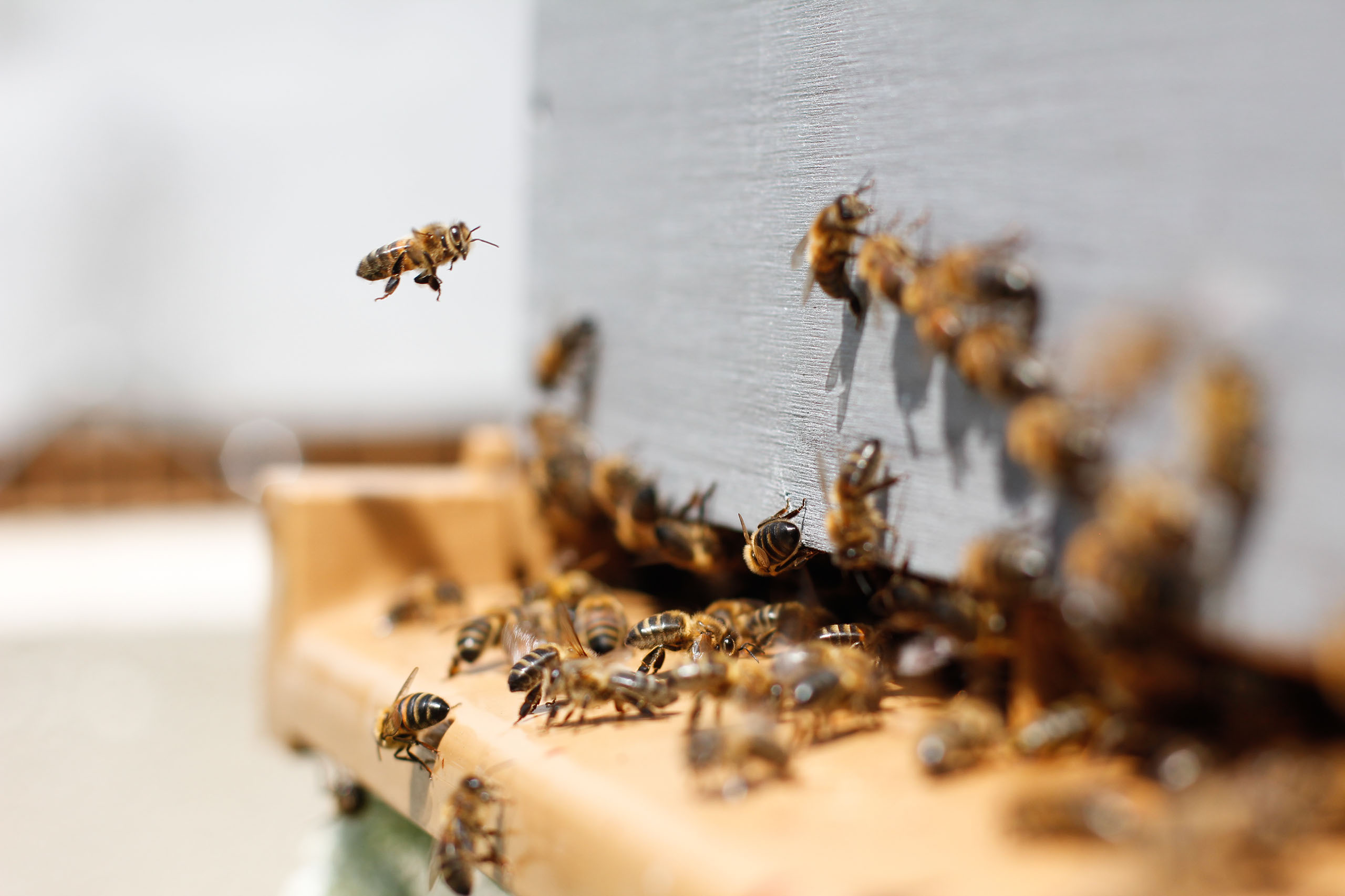


The Carniolan
The Carniolan honey bee is the subspecies of the Western honey bee that has naturalised and adapted to the Kočevje (Gottschee) sub-region of Carniola (Slovenia), the southern part of the Austrian Alps, Dinarides region, southern Pannonian plain and the northern Balkans. These bees are known as Carniolans, or "Carnies" for short. Carniolan bees are incredibly gentle and easy to work with. Due to their region of origin, they are more likely to forage on cold, wet days than other types of bees and rank among the best for overwintering.
The Russian
The Russian honey bee refers to honey bees (Apis Mellifera) that originate in the Primorsky Krai region of Russia. This strain of bee was imported into the United States in 1997 by the USDA’s Honeybee Breeding, Genetics & Physiology Laboratory in Baton Rouge, Louisiana in response to severe declines in bee populations caused by infestations of parasitic mites. Russian honeybees are more resistance to mites.
The Italian
The Italian honey bee is thought to originate from the continental part of Italy, south of the Alps, and north of Sicily. Italian bees can easily adapt to most climates. They are less prone to disease, they produce minimum propolis and they keep a clean hive. These honeybees reproduce quickly and keep a large colony over the winter. The downside to this is that they need more honey and pollen stored to survive the winter.
Carniolan bees are incredibly gentle and easy to work with. Due to their region of origin, they are more likely to forage on cold, wet days than other types of bees and rank among the best for overwintering.
In addition, they create very little propolis and build up their numbers rapidly in the spring. Carniolan bees are also adept at handling dearths and rapidly adjust brood production based on the availability of food. They are a little more likely to swarm than Italians, so it’s important to be sure they have plenty of room.
When it comes to hive diseases and pests, Carniolan bees tend to be quite capable of fending off parasites and show good resistance to some diseases.
Italian bees are excellent honey producers, show a gentle temperament that makes them the most popular race of honey bee in North America, they have a moderately low tendency to swarm, and have a bright yellow color that makes queens easy to find. But, Italian honey bees are susceptible to two deadly parasitic mites, the tracheal mite (Acarapis woodi) and the varroa mite (Varroa destructor), which were introduced into the United States in 1984 and 1987, respectively. Colonies can contract these mites through equipment sharing and overcrowding, and, once infested, entire colonies can succumb within one or two years.
The Russian bees have been exposed to varroa mites and tracheal mites much longer and have become resistant to them. Russian bees tend to produce more honey as standard bee stocks if not more. Russian bees do not build their colony populations until pollen is available, and they shut down brood rearing when pollen is scarce. This characteristic makes them suitable in areas where the main honey and pollen flows occur later in the year, such as the mountains of North Carolina. By contrast, Italian bees maintain a large brood area and worker population regardless of environmental conditions. This trait can result in more bees than the hive can feed and may lead Italian colonies to early winter starvation. It also explains the Italian bee’s tendency to rob other colonies of their honey stores.
Info provided by NC State Extension

